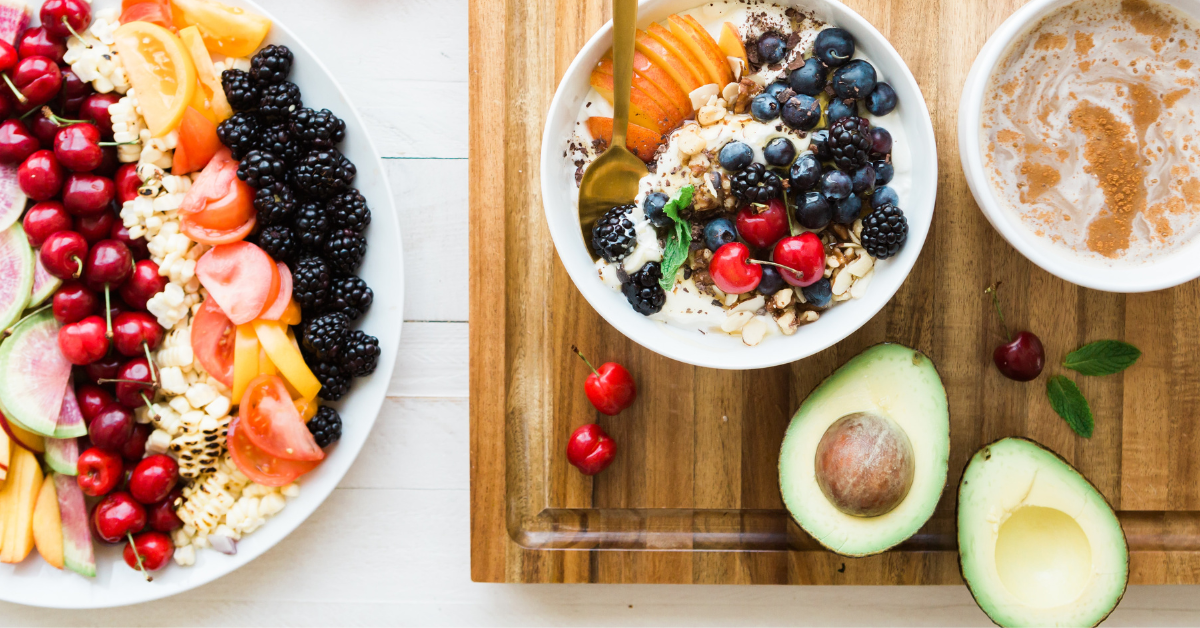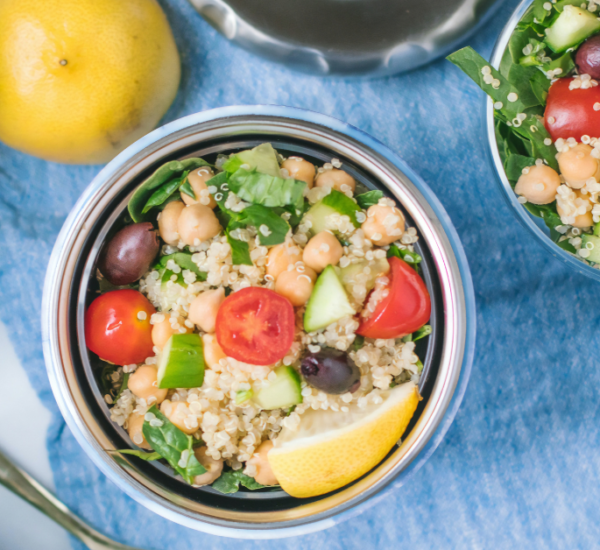Hot topics in nutrition generally see fat, carbs and protein making headlines – now, its time to bring fibre into the limelight!
Essential for good digestive health, fibre helps keeps us ‘regular’. If you’re someone who suffers from constipation, this can eventually lead to a weak pelvic floor. One of the best things you can do for this is have a healthy diet that consists of high fibre foods. These kinds of foods keep us feeling fuller for longer, slow the rise of blood glucose after meals, reduce the time harmful toxins stay in the bowel, protect against colon cancer and can even lower cholesterol levels.
Fibre also receives a considerable amount of dietitian kudos for its affect on the immune system. With our gut home to around 2kg of healthy bacteria, these friendly residents love to feed on certain types of fibre, which in turn help strengthen immune defences.
The Fibre Trio
More than just ‘roughage’, fibre can be broken down into three types:
Insoluble Fibre
This fibre withstands digestion and acts like a broom in the gut, helping to move gut contents along. Rich sources include wholegrains, legumes, nuts, seeds and the skins of fruit and vegetables.
Soluble Fibre
By dissolving in water, this fibre forms a gel-like substance in the bowel. Found in legumes, oats, fruits and vegetables, these sponge-like fibres provide gastrointestinal bulk, help lower cholesterol levels and assist with blood glucose control.
Resistant Starch
Naturally found in legumes, barley, bananas and cooked and then cooled potatoes, resistant starch helps to protect against colon cancer and promotes the growth of beneficial gut bacteria.
To foster good health and vitality, it is ideal to eat a diet that includes a mix of these fibres.
How Much Fibre Do I Need?
The Australian Nutrient References Values (NRVs) recommend an intake of 30g/day for adult males and 25g/day for adult females1.
With plant food taking the crown for high fibre foods, let’s take a look at some top fibre options.
10 Surprisingly High Fibre Foods
1. Raspberries
Four times the fibre of strawberries and blueberries, these little morsels certainly pack a nutritional punch! They make for perfect muesli toppers; go beautifully into smoothies and they are a superb source of antioxidants. Affectionately known as natures candy, half a cup of raspberries provides 4.2g of fibre.
2. Avocado
Hands up if you usually credit avocado for its healthy fats? While you’re certainly on the money, avocados are also a great source of fibre. With around 7g of fibre found in half an avocado, it’s time to become an avocado aficionado.
3. Artichokes
Despite their prickly looks, you should make friends with artichokes. Each artichoke heart contains around 2.6g of fibre and if you’re keen to master a few culinary skills you can even cook the inner leaves. Try adding artichoke hearts into salads or as a vego topper on a wholegrain pizza base.
4. Barley
While you probably last saw this ingredient in your grandmothers chicken soup, barley is definitely making a sexy return! With just under 3g of fibre per half cup of cooked barley, toss it through salads for fibre boost or as a replacement for risotto rice to give a delicious nutty flavour. For an on-the-go barley fix, try out wraps that are also made with barley flour.
5. Black-Eyed Peas
Not just the name of an American hip-hop group, black-eyed peas contain remarkable amounts of fibre along with many other health promoting nutrients. With a winning 5.5g fibre per half cooked cup, these peas are certain chart toppers.
6. Figs
Perfect on their own as a snack, cooked in exotic tagines or simply sliced and served with yoghurt, figs are a fibre treat! Two medium figs offer around 3.3g of fibre and really are the gems of autumn fruit.
7. Psyllium
This natural fibre is such a simple way to boost your intake of soluble fibre, providing 5g fibre per tablespoon. It works beautifully when sprinkled into smoothies or stirred through yoghurt, porridge, mashed potato, muffin batters or even a glass of water.
8. Teff
As the worlds smallest grain, teff is a nutritional powerhouse. It’s estimated that 20-40% of the carbohydrates in teff are resistant starch! Teff can be used in place of cous cous and rice, cooked and sprinkled into a salad and even used in baking and pancake batters.
9. Pears
Packing 7.2 grams of fibre per medium green fruit, pears are a terrific fibre source. They make for an easy snack and are delicious when stewed and served with natural yoghurt and a dusting of cinnamon.
10. Pine nuts
With an impressive 2.3g fibre per quarter cup, pine nuts certainly deserve their place within the lead pack. Moving beyond the classic pesto, scatter them over salads or toss them through roast vegetables.















Fantastic article , I am a midwife prenatal educator , clients always asking about their diet . Yes pregnant mums have a lot of foods they can’t eat but I tell them time to understand the fantastic variety of the foods they can eat. Just to get them really interested in their diets and of course their hubby’s I talk about eating fruit and vegetables the colour of the rainbow., Buy fruits and vegetables they have never tried before and research for new recipes . Love your article , who ever wrote this knows how to grab your attention and get excited . I was on 12MB 2 years ago lost 10 kilos. Time I did it again . I am really excited as the articles just get me so excited I can do this !! Well done . Quick Question any recipes in program for Thermomix? Kind regards Margaret Cavenagh
Hi Margaret – I’m glad to hear this blog article spoke to you so well! We currently have about 30 Thermomix recipes ranging from breakfast to dinner. You can access all these delicious recipes on our program.
Hope to have you on board soon!
All the best,
Leila
12WBT Support Crew